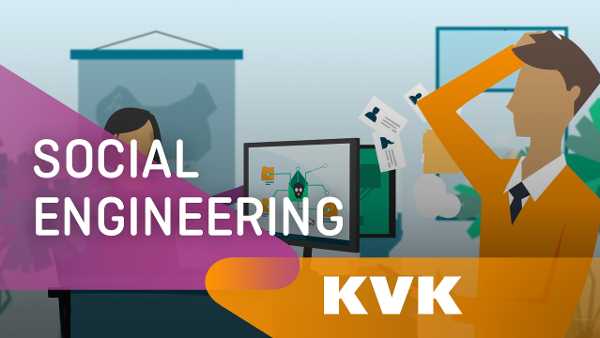The dangers synthetic media pose to your business
- Background
- 10 January 2023
- Edited 1 May 2025
- 2 min
- Managing and growing
- Secure business
Software that writes a text, creates a picture, or produces a video with people looking just like real people: all of this is possible. But synthetic media, as computer-made media are called, also pose risks. Expert Piia Varis explains the dangers of synthetic media and how to reduce the risks they pose to your business.
Cyber Magazine SECURE IT!
Cyber magazine SECURE IT! contains tips and information on how to secure your business online.
Army green T-shirt, beard, serious look: The president of Ukraine, Volodymyr Zelenskiy, appears on-screen and addresses his armed forces. He has a striking message: "This battle is not worth dying for", he says. "Put down your weapons." This video on Facebook by Zelenskiy went viral all over the world in March 2022. Almost immediately came the warning that the video was fake. And indeed, anyone looking closely could see that. This Zelenskiy’s head is too big for his body. And his voice also sounds strange.
Created with software
Like this one of Zelenskiy, fake videos are an example of synthetic media (also known as AI-generated media): movies, photos, texts, and sound clips created or edited with the help of clever software. The technology behind synthetic media is developing extremely fast. A few years ago, a deep-fake video, as a synthetic video is also called, was very special. But now there are dozens of apps and platforms that create unique images, text, and videos for you in seconds. Some experts estimate that, in 5 years’ time, 90% of what we see online will be synthetic.
Synthetic media throw the basis of our society off balance: what is fact, and what is not?
Real or fake?
Synthetic media have advantages for businesses: you can use an app to quickly create an image for your site, or write blog text. But they also have disadvantages. The biggest problem is that if you can no longer tell the difference between a fake photo and a real photo, that can be dangerous.
Damaged bumper
Because synthetic media are so easy to create, criminals use them too. An American magazine reports that scammers are using synthetic images from the app DALL-E for insurance fraud. This is how it works: If you enter the words 'Damaged Bumper Jeep Grand Cherokee' into the app, it creates dozens of images of damaged cars in seconds. Fraudsters send such an image along with a claim form to the insurer, and get reimbursed for the 'damage'.
Fraud with a fake voice
Criminals also use synthetic voices to defraud businesses and their customers. In early 2024, criminals obtained approximately 24 million euros in this (in Dutch). A man in Hong Kong transferred this amount after a video call with his financial manager. At least, that is what he thought. The employee fell for a fake image and a counterfeit voice that the fraudsters had created to impersonate his boss.
Synthetic media are evolving so fast that the technology for recognising or preventing them keeps falling behind.
No technical solution
There is currently no effective technical solution for recognising synthetic media. The technology behind synthetic media is developing so rapidly that technology to recognise or prevent it is constantly lagging behind. Some experts suggest placing a warning label on media created using artificial intelligence. However, this is not foolproof, as there is no way of knowing for sure that media without a warning label is genuine.
Reducing risks
So as long as there is no technical solution for recognising synthetic media, it is especially important to take measures to protect your business from the risks involved. Varis has these tips:
Ensure that procedures are clear
When people are busy, they think: my boss sounded a bit weird today, but I just do what he asks. Organise your workflow in such a way that it is impossible to get money transferred based on a single phone call.
Create a crisis plan
What if a competitor spreads lies about you on social media with the help of synthetic media? Or if your business is otherwise dealing with fake images or texts? You need a plan, because speed is very important when it comes to limiting reputational damage. Whom should you get in touch with to have a fake message taken down from a social-media platform? If you already know that, you do not have to spend days looking for a way out. In a crisis plan, for example, you put important contacts and standard messages that you can quickly send in case of an emergency.
File a report
Have you been scammed or threatened on social media? File a report with the police. Also report fraud to Fraud Help Desk (in Dutch), and they will alert other businesses.


